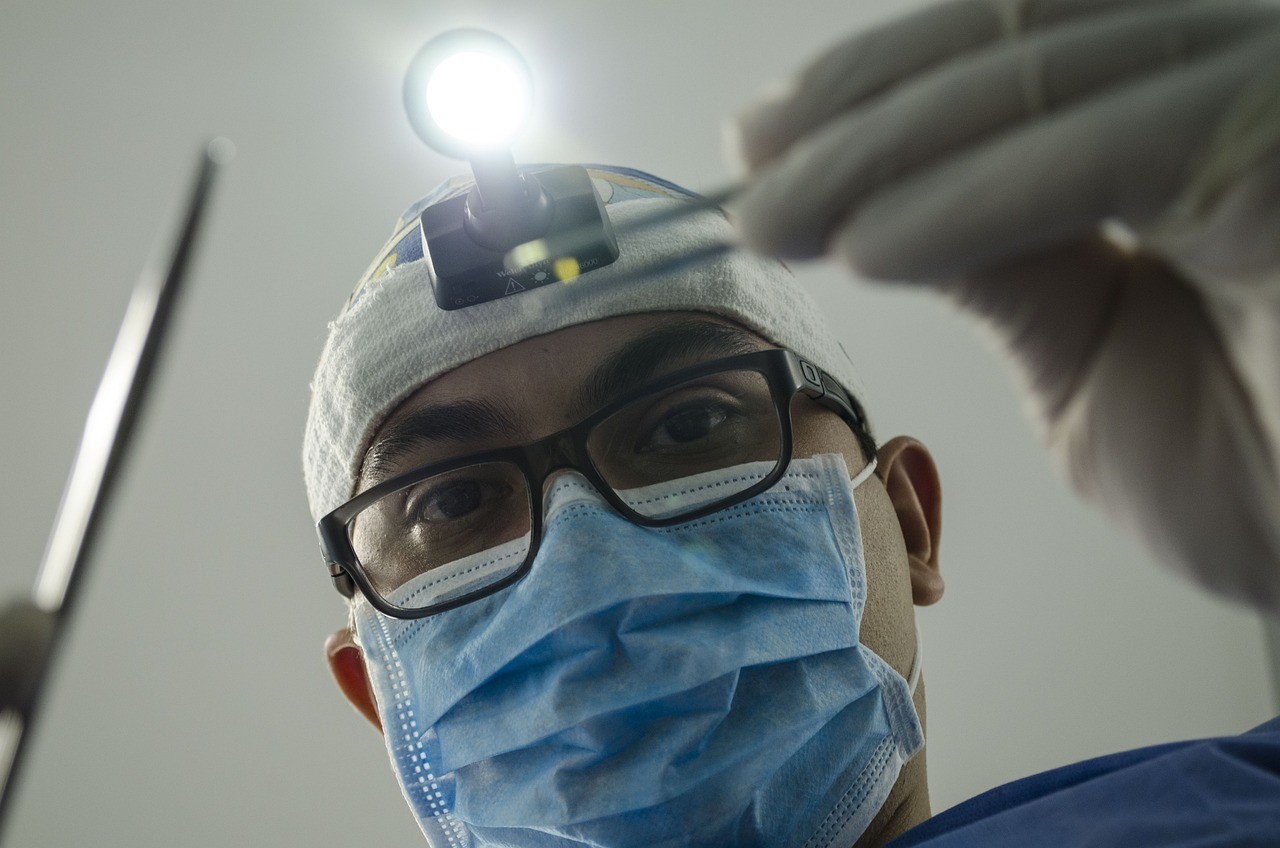
July 19, 2023, 11:18 am
The COVID-19 pandemic brought about unprecedented challenges and disruptions across various industries, including dental practices. As the world navigated through the crisis, dental professionals faced significant changes in how they delivered care, interacted with patients, and managed their practices
- Immediate Shift to Telehealth and Teledentistry:
As social distancing measures were enforced, dental practices quickly adapted by implementing telehealth and teledentistry services. Virtual consultations and follow-ups became essential in maintaining patient care while minimizing in-person contact. The pandemic accelerated the adoption of digital tools and remote patient communication, which proved valuable in providing continuity of care.
- Enhanced Infection Control Protocols:
COVID-19 highlighted the importance of stringent infection control protocols in dental practices. Dental professionals already upheld high hygiene standards, but the pandemic further emphasized the need for additional precautions to protect patients and staff. Enhanced sanitation practices, personal protective equipment (PPE), and proper ventilation became top priorities.
- Financial Challenges and Resource Management:
The pandemic brought significant financial challenges to dental practices, especially during periods of reduced patient flow. Many practices had to reevaluate their financial strategies, seek financial assistance, and optimize resource management to remain operational. These experiences emphasized the importance of maintaining a resilient financial plan.
- Patient Safety and Trust:
Patient safety became paramount during the pandemic. Dental practices implemented strict safety measures to reassure patients of their well-being and prevent the spread of COVID-19. Building and maintaining trust with patients through transparent communication and safety protocols became instrumental in retaining patient loyalty.
- Importance of Flexibility and Adaptability:
The pandemic underscored the importance of flexibility and adaptability in the face of uncertainty. Dental practices had to adjust to ever-changing guidelines and regulations, restructure appointment schedules, and accommodate emergency cases promptly. Embracing flexibility and being responsive to change were essential to navigating the challenges brought on by the pandemic.
- Emphasis on Mental Health and Well-being:
Dental professionals faced increased stress and emotional burdens during the pandemic. As they cared for their patients, they also needed to address their mental health and well-being. The importance of mental health support for dental teams became evident, prompting practices to offer resources and support systems to care for their staff.
- Strengthening Digital Presence:
During the pandemic, patients turned to digital channels for information and communication. Dental practices recognized the significance of a strong digital presence, including updated websites, social media engagement, and online appointment booking. An effective online presence became crucial for patient outreach and communication.
- Preparedness for Future Crises:
The pandemic served as a wake-up call for the importance of preparedness for future crises. Dental practices learned the value of having contingency plans, emergency protocols, and remote work capabilities to ensure continued patient care and practice operations during unforeseen events.
Conclusion:
The COVID-19 pandemic significantly impacted dental practices, prompting adaptation, resilience, and reflection. Through the challenges faced, dental professionals learned valuable lessons about telehealth, infection control, financial management, patient safety, flexibility, mental health support, digital presence, and preparedness. By incorporating these lessons into their practices, dental professionals can emerge stronger, more adaptive, and better equipped to provide exceptional patient care, even in the face of future uncertainties. As we move forward, these lessons serve as a reminder of the resilience and dedication of dental professionals in their commitment to the health and well-being of their patients.
